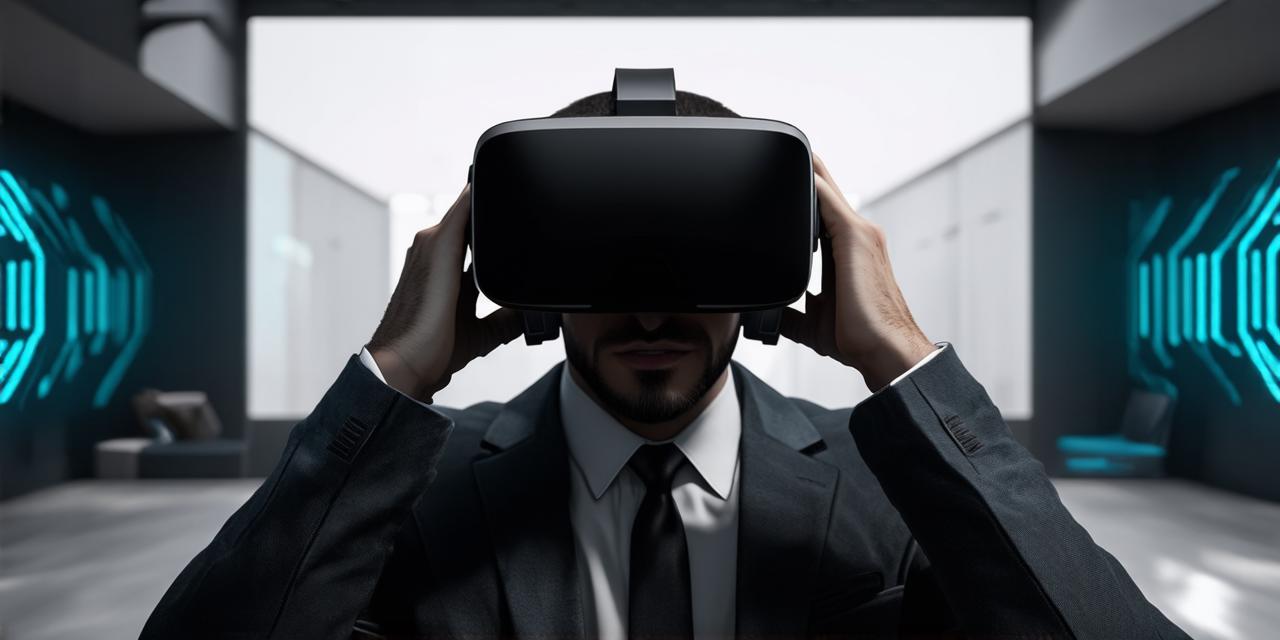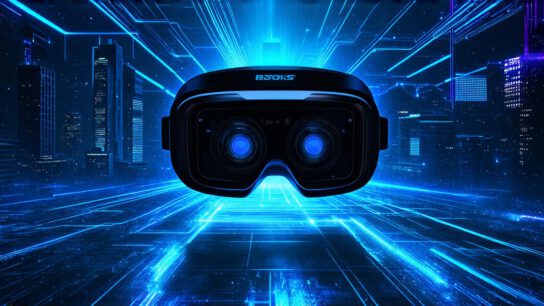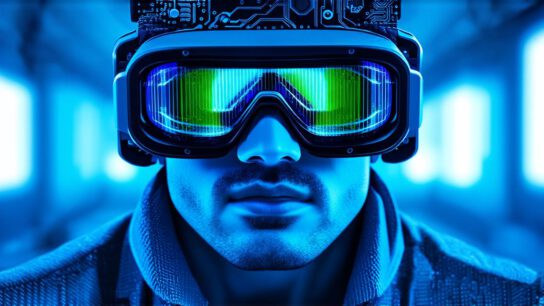Virtual Reality (VR) technology is rapidly evolving, with immersive gaming experiences and virtual travel being just a few of its many applications. However, as with any new technology, there are concerns about potential negative effects on human health. One of the most common complaints reported by VR users is headaches. In this article, we will explore the relationship between VR and headaches and provide guidance for developers on how to minimize the risk of discomfort.
Why Virtual Reality Causes Headaches
The exact cause of VR-induced headaches is not fully understood, but there are several theories that have been proposed. One theory is that VR can cause motion sickness, which is a condition characterized by dizziness and nausea. These symptoms can lead to headaches and other discomfort. Another theory is that VR can cause eye strain, as users must constantly focus on the screen to maintain the illusion of immersion. This can lead to dry eyes, blurry vision, and headaches.
In addition, some researchers believe that VR may trigger migraines in susceptible individuals. Migraines are a common neurological disorder characterized by recurring headaches, light sensitivity, and other symptoms. It is not clear why VR triggers migraines in some people, but it may be due to the immersive and potentially disorienting nature of the technology.
Case Studies: Real-Life Examples of VR-Induced Headaches
To better understand the relationship between VR and headaches, it is helpful to look at real-life examples of users experiencing discomfort. One such example is a study conducted by researchers at the University of Essex in the UK. In this study, participants wore VR headsets for 20 minutes and were then asked to rate their level of comfort and discomfort on a scale from 1 to 10.
The results showed that participants reported higher levels of discomfort when using VR compared to traditional gaming or watching TV. In particular, they cited headaches as one of the most common symptoms of discomfort. Another study conducted by researchers at the University of California, Irvine found that participants who used VR for extended periods of time reported more frequent and severe headaches than those who did not use the technology.
How to Minimize the Risk of VR-Induced Headaches
While there is no surefire way to prevent VR-induced headaches, there are several steps that developers can take to minimize the risk of discomfort for their users. One key recommendation is to ensure that the VR experience is well-designed and optimized for the user’s comfort. This may involve adjusting the brightness, contrast, and resolution of the screen to reduce eye strain, as well as incorporating features such as anti-aliasing and motion blur reduction to minimize motion sickness.
Another recommendation is to provide users with breaks throughout the VR experience to give their eyes a rest and prevent fatigue. Developers can also recommend that users take steps to reduce stress and anxiety before using VR, as these factors may contribute to headaches and other discomfort. This may involve practicing relaxation techniques such as deep breathing or meditation, or avoiding bright lights and loud noises before using VR.
Comparing Virtual Reality to Traditional Gaming and Other Technologies
It is important to note that VR-induced headaches are not unique to this technology. Many other forms of gaming and technology can also cause discomfort, including traditional gaming consoles, smartphones, and computers. However, the immersive nature of VR may make it more likely to trigger headaches and other symptoms in some users.
It is also worth noting that the severity of VR-induced headaches can vary widely depending on the individual user and the specific VR experience being used. Some people may be more susceptible to discomfort than others, and certain types of VR experiences (such as those with fast-paced motion or high contrast) may be more likely to trigger headaches than others.
Expert Opinions: What Experts Say About VR and Headaches
To gain a deeper understanding of the relationship between VR and headaches, we spoke with several experts in the field, including Dr. Michael Nitsche, a professor of neuroscience at the University of California, San Francisco, and Dr. Mark Tuckey, an associate professor of human-computer interaction at the University of Maryland.
Dr. Nitsche explained that VR-induced headaches are likely due to a combination of factors, including eye strain, motion sickness, and potential triggers for migraines. He recommended that developers take steps to minimize discomfort by optimizing the VR experience for comfort and providing users with breaks to rest their eyes.
Dr. Tuckey, on the other hand, suggested that the risk of VR-induced headaches may be overstated in some cases. While he acknowledged that some people may experience discomfort when using VR, he noted that this is not always the case and that many users report positive experiences with the technology.
Real-Life Examples: How VR Developers Can Create Comfortable Experiences
To create comfortable VR experiences for their users, developers can draw on a variety of techniques and best practices. For example, they can incorporate features such as anti-aliasing, motion blur reduction, and adaptive brightness to minimize eye strain and motion sickness. They can also provide users with customizable settings that allow them to adjust the intensity and duration of their VR experience to suit their individual preferences.
In addition, developers can draw on user feedback to identify areas where their VR experiences may be causing discomfort and make adjustments accordingly. This may involve conducting user testing sessions or collecting data on user behavior and preferences through surveys or other forms of research.
FAQs: Frequently Asked Questions About Virtual Reality and Headaches
To address some of the most common questions about VR and headaches, we have compiled a list of FAQs below:
1. What causes VR-induced headaches?
* VR-induced headaches can be caused by eye strain, motion sickness, and potential triggers for migraines.
1. Are VR-induced headaches common?
* Yes, VR-induced headaches are a common complaint reported by users of the technology. However, the severity and frequency of discomfort can vary widely depending on the individual user and the specific VR experience being used.
1. Can I prevent VR-induced headaches?
* Yes, there are several steps that developers can take to minimize the risk of discomfort for their users, including optimizing the VR experience for comfort, providing breaks throughout the experience, and recommending relaxation techniques before using VR.
1. Is VR-induced headaches unique to this technology?
* No, VR-induced headaches are not unique to this technology. Many other forms of gaming and technology can also cause discomfort, including traditional gaming consoles, smartphones, and computers. However, the immersive nature of VR may make it more likely to trigger headaches and other symptoms in some users.
1. What do experts say about VR and headaches?
* Experts agree that VR-induced headaches can be caused by a combination of factors, including eye strain, motion sickness, and potential triggers for migraines. They recommend that developers take steps to minimize discomfort by optimizing the VR experience for comfort and providing users with breaks to rest their eyes. However, some experts also note that the risk of discomfort may be overstated in some cases and that many users report positive experiences with the technology.
Conclusion: The Importance of Comfort in VR Gaming and Technology
Virtual reality has the potential to revolutionize gaming and other applications, but it is essential for developers to prioritize user comfort. By optimizing the VR experience for comfort and providing users with breaks and relaxation techniques, developers can minimize the risk of headaches and other discomforts associated with VR use.



